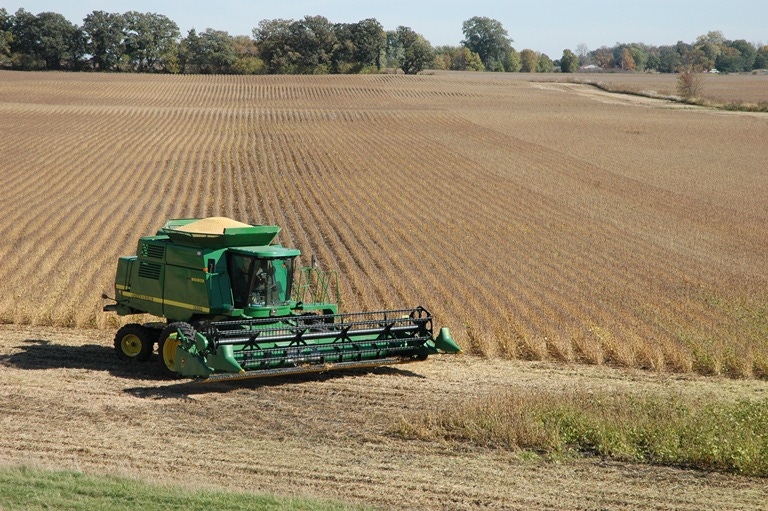October 11, 2013

Crop farmers who don’t emphasize good grain storage practices this fall will pay for it in the spring, when they find the corn they harvested contaminated with unusual amounts of mold, says an Iowa State University grain storage expert.
Uneven quality and maturity in this year’s corn harvest means grain storage management will take on even greater importance than in previous years, says Charles Hurburgh, a professor of agricultural and biosystems engineering at Iowa State.
“Farmers need to be prepared to manage wide variability in grain properties this fall,” Hurburgh says. “You can’t cut corners on good grain management practices or it’ll come back to bite you.”
The cold and wet spring led to a late start for planting for many Iowa farmers, Hurburgh says. Combine that with the heat wave that withered much of the state late in the growing season, and you’ll end up with a crop characterized by inconsistency, he says.
Like what you’re reading? Subscribe to the National Hog Farmer Weekly Wrap Up newsletter and get the latest news delivered right to your inbox every week!
Sharp differences in maturity, weight and moisture content create the potential for spoilage once the grain is stored in a bin, so farmers should make sure to get their corn cooled and dried as soon as possible after harvest, Hurburgh says.
“You have to monitor the moisture closely because it may be wetter than you think,” Hurburgh says. “And if the temperature of the stored grain starts going up, it means you may have a spoilage problem.”
Hurburgh predicts that more farmers than in previous years will notice spoilage among this year’s crop next spring as outside temperatures begin to rise.
As mold spreads through a grain bin, the value of the corn drops. Hurburgh says discounts commonly take effect if more than 5% of the corn shows mold. If the mold spreads to more than 20% of the kernels, farmers stand to lose dollars on the bushel, he says.
But that’s not the only reason for farmers to pay special attention to storage practices this fall. Many producers feed the corn they grow to livestock, and moldy grain makes for poor feed, Hurburgh says.
He recommends that farmers interested in grain storage guidelines look at the Sept. 23 edition of the ISU Extension and Outreach Integrated Crop Management Newsletter at http://www.extension.iastate.edu/CropNews/2013/0923hurburgh.htm.
“This was a difficult year to predict what the growing season would be like,” he says. “We had very unpredictable conditions, which is why you have to follow the rules and pay attention as far as grain storage is concerned.”
You might also like:
Utah Finishing Farm is Environmental Steward Winner
Environmental Steward Award-Winning Iowa Farm Powered by Wind Energy
Manure Digester Means Nebraska Farm is Powered by Pigs
Ohio Finishing Operation is a Perfect Fit
Pork Checkoff Announces 2013 Pork Industry Environmental Stewards
You May Also Like



